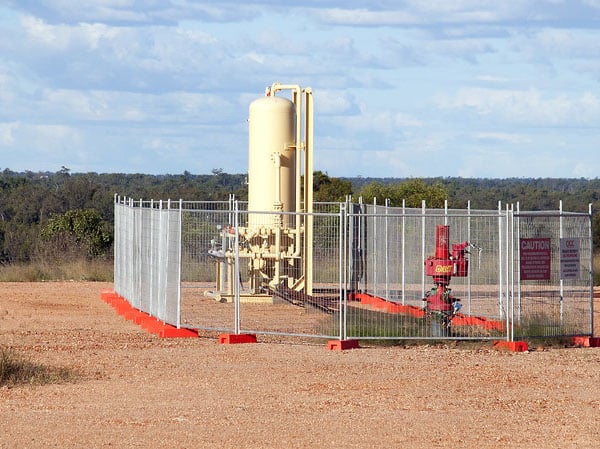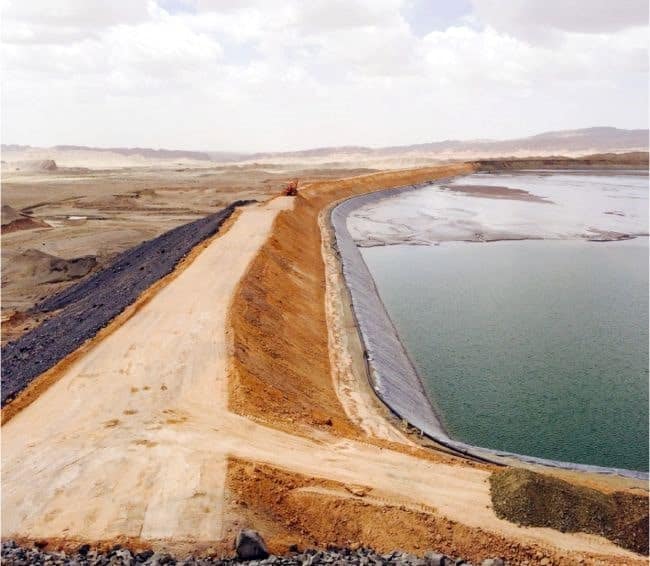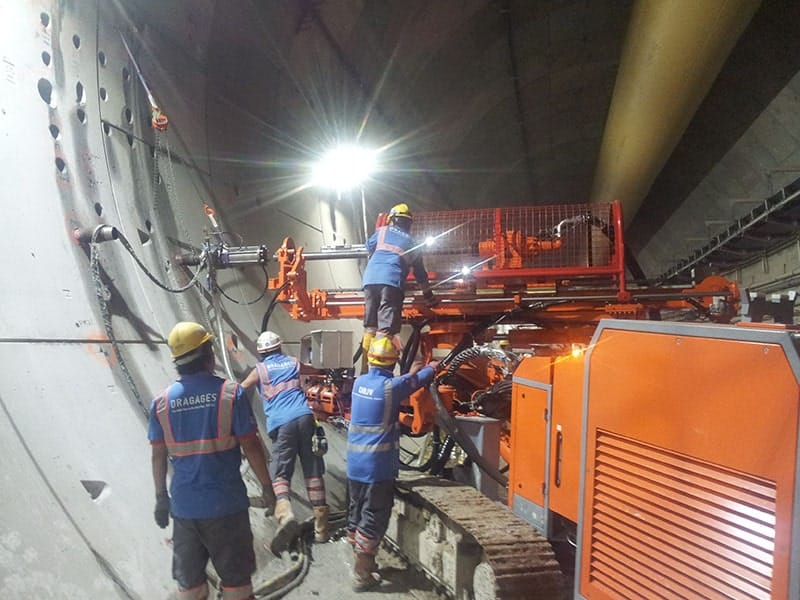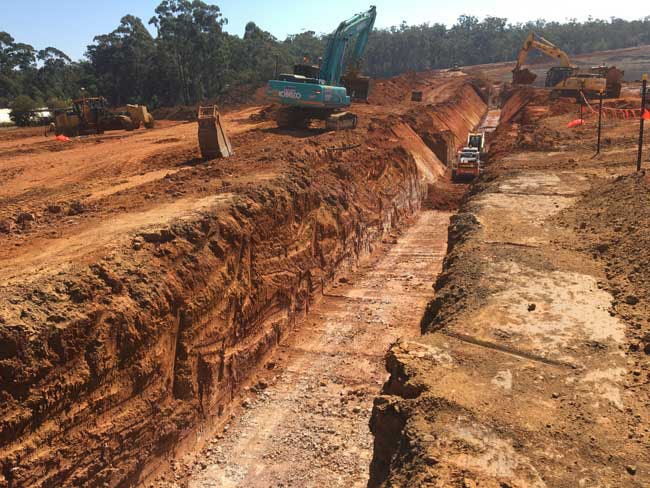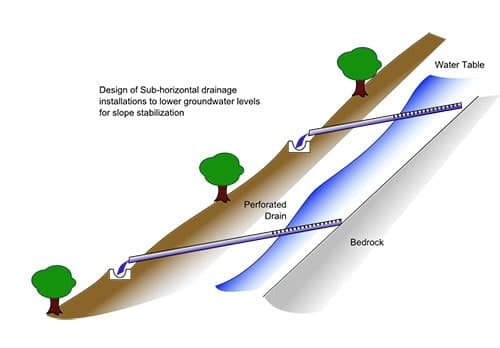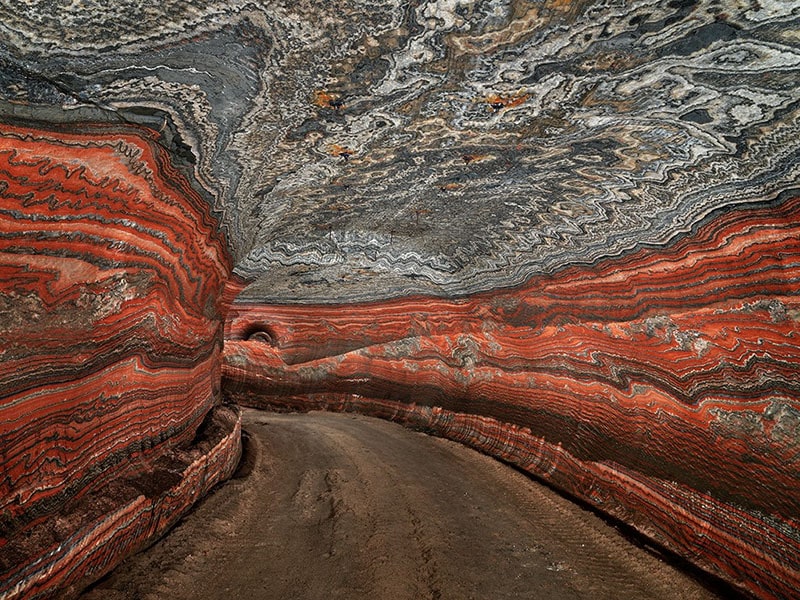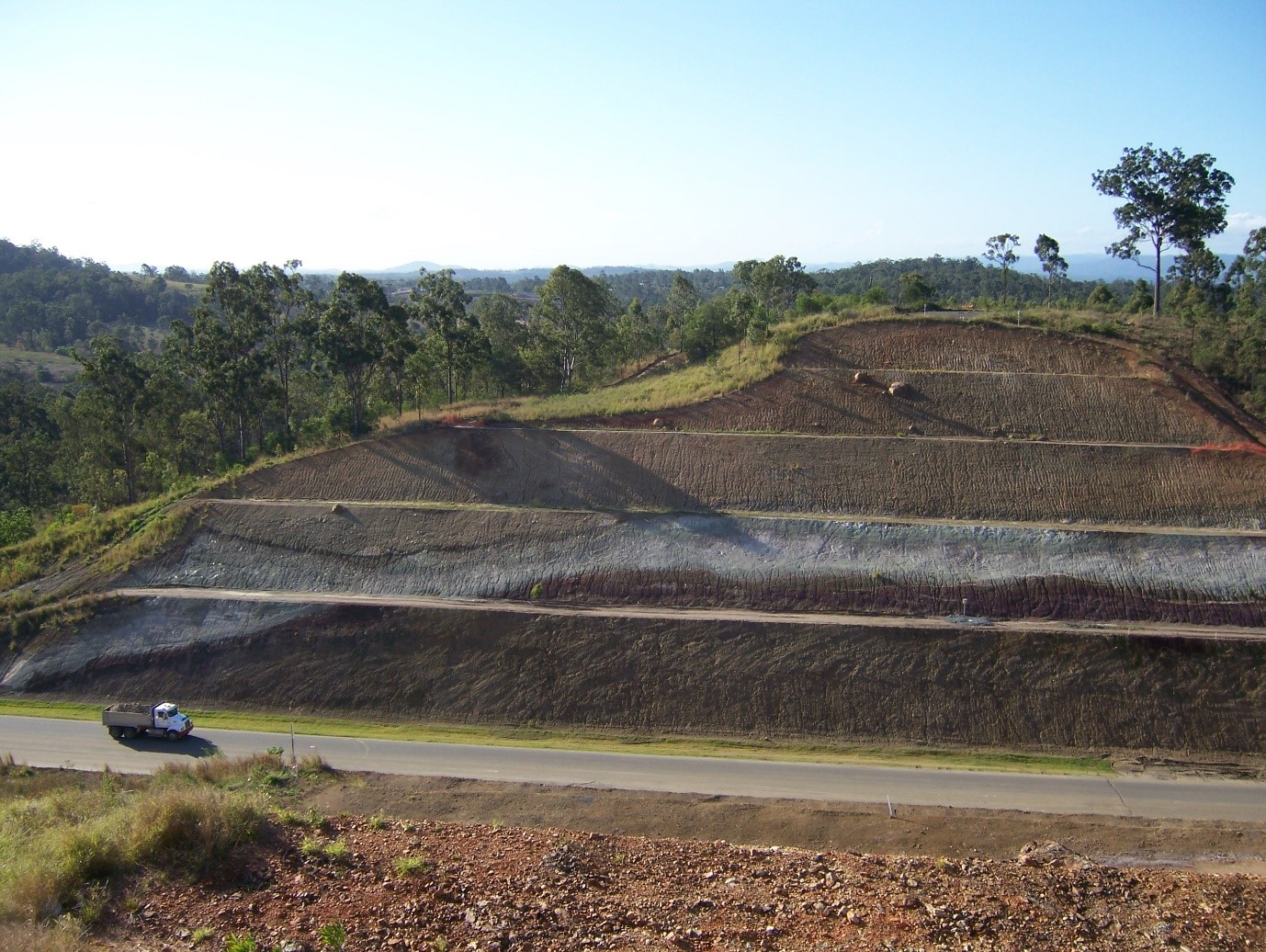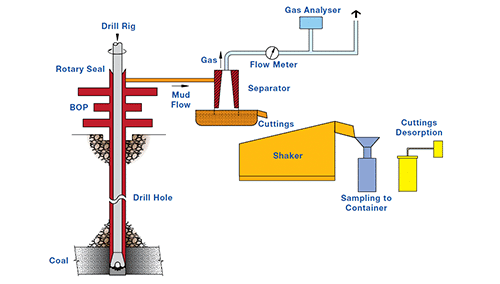The most basic test of reservoir properties is the assessment of the reservoir pressure and gas content. Gas content is customarily measured by taking core, placing it in a canister, and measuring the gas it desorbs. This technique has limitations in the underground environment because the coal is desorbing from the time it is cut and because the time it takes to retrieve the core may be excessive. Frequently the assumptions used to arrive at a lost gas from the core are violated because of the time lag before the core can have its desorption rate measured.
There are significant advantages to be had from drilling and flushing cuttings from a hole for gas content measurement. This can be done using either air or water. The former offers the quickest return of cuttings and is appropriate in drier seams. It is shown schematically in Figure 1. Here the chips are collected very quickly. The volume of cuttings from a given section of drilling may be measured and used as an indicator of sheared or otherwise outburst prone coal.
Nonetheless, it is quite possible to water flush shorter holes at a high rate, while collecting the chips and placing them in a canister for desorption. Once canister desorption has slowed, it is possible to grind the cuttings to determine the residual gas, as would be customary in core desorption. The gas lost while the cuttings are in transit is determined by the solution of the diffusion equations for desorbing particles. To do this, the particles are sieved to get their sizing range. Not only can the gas content be determined but so too can the diffusion coefficient of the coal. This process can yield highly accurate results. Figure 2 shows a real curve of desorption versus time.

Once desorption has slowed sufficiently (typically 2 hours), the canister and cuttings are weighed to determine the mass of the sample. The canister is then opened and the cuttings sub-sampled and weighed. The sub-samples are placed in a sealed vessel and crushed to release residual gas which is then measured. The crushed sample is retained for use in the measurement of the sorption isotherm with the ash content being determined by proximate analysis.
The particle size distribution of the remaining sample is now determined. Sigra fits a numerical model of diffusion from the measured particle sizes to match the calculated desorption behaviour which includes the residual gas measurement.
This is used to provide an estimate of the both lost gas prior to the cuttings being sampled, and the mean diffusion coefficient. The total gas content is determined from the estimate of lost gas and the measured gas released, providing an accurate estimate of the gas content of coals.
Figure 2 shows a plot of cuttings desorption with time including a fitted diffusion model to the data. The lost gas estimate from this sample was 3.18 m3/tonne, the measured gas release from cuttings was 9.92 m3/tonne and the gas release on crushing was 5.33 m3/tonne leading to a total gas content of 18.43 m3/tonne.




